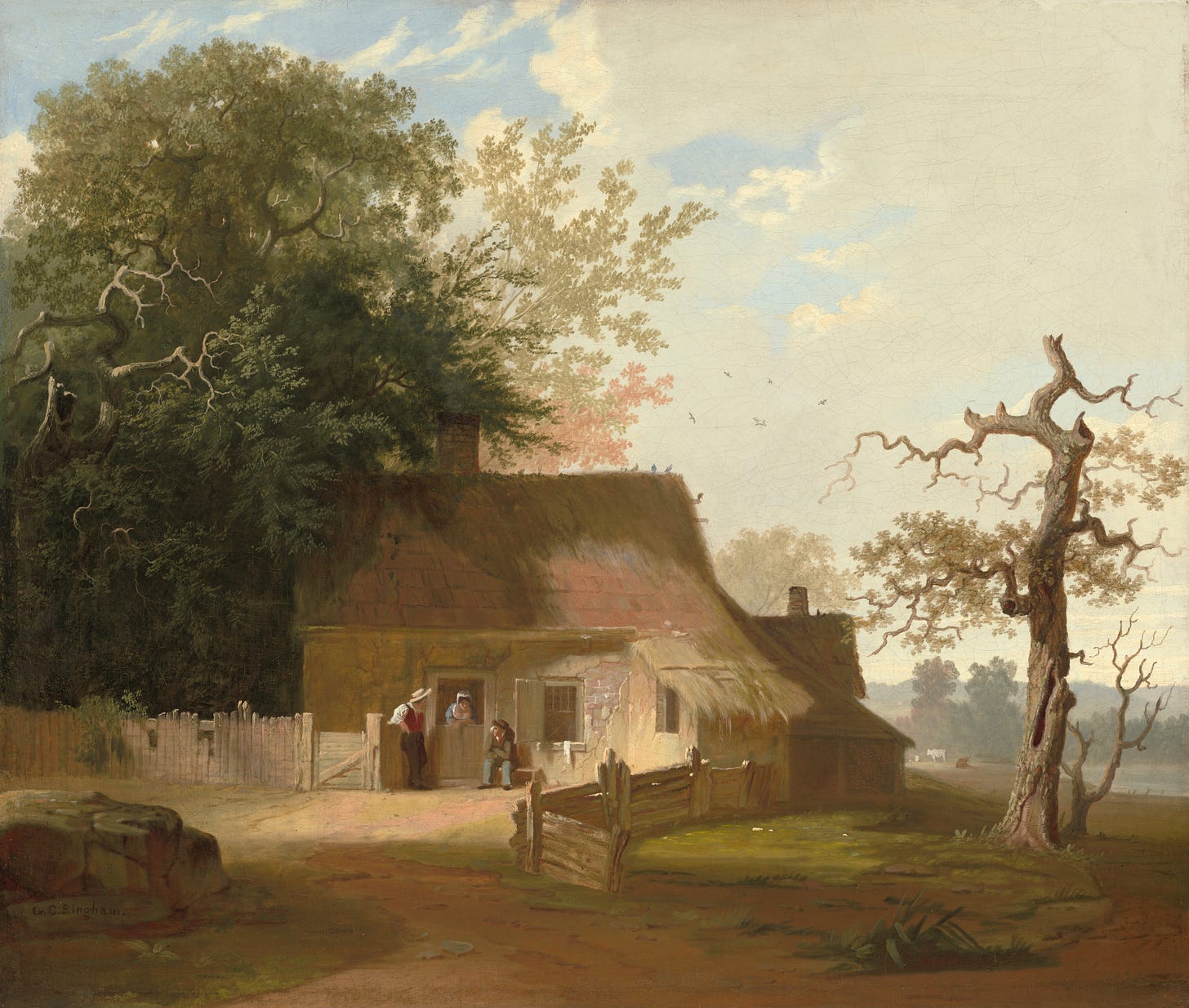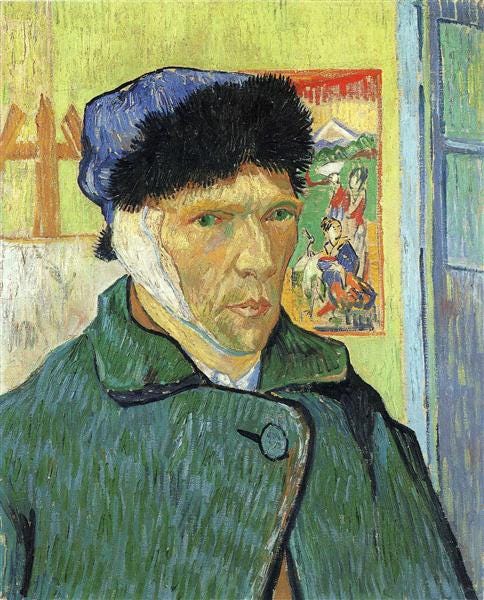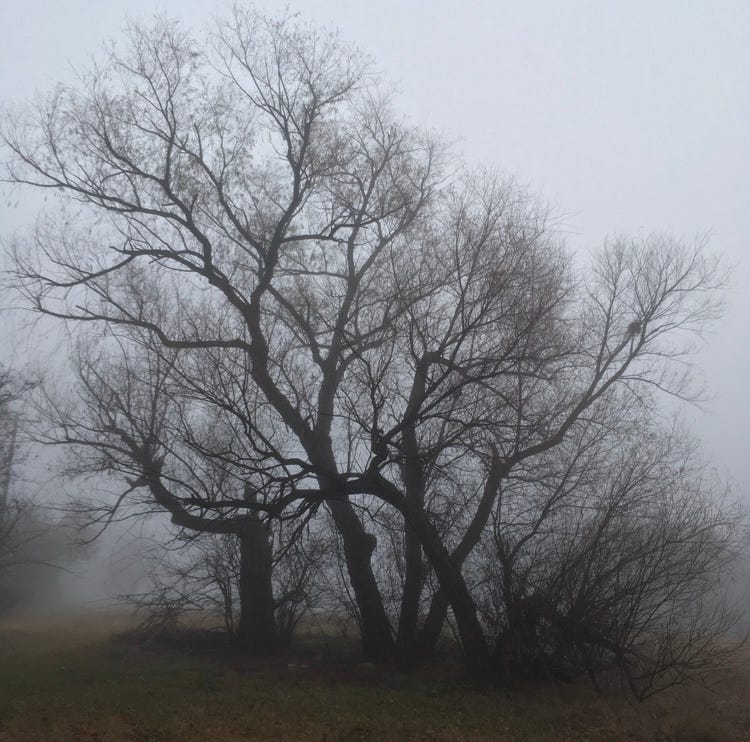How are you, lovely readers? My beautiful things this week may at first glance seem unconventional, or even ugly. How can a misshapen tree in the middle of the winter or a painting of a man who just cut his ear off…be beautiful? I am reminded of what
writes about beauty: We must not forget that our experience of beauty should lead us back to the source of beauty, who is God. A most excellent question to ask ourselves when encountering anything in art, music, literature, poetry: does this lead me back to God?Most like an arch—two weaknesses that lean
into a strength. Two fallings become firm.
These two lines from John Ciardi’s poem Most Like an Arch this Marriage have been tumbling around in my mind for weeks now. The structure of an arch as metaphor for marriage is a powerful one. Two failings become firm…yes. When I’m approaching my marriage with humility, my (many!) failings can become firm. There is great hope in that idea.
Picture a sleepy scene: nature is barren and brown, winter has the world in her frozen clutches and everything is waiting. Anticipation is palpable. The last few leaves swirl in the icy wind. At the last phrase of this song, when the key shifts from major to minor, look closely and you’ll see a single tear (or is it sweat?) drop from the pianist’s eye. I can’t stop listening to this song—it captures the mood of winter so beautifully. [Listening tip: Great music becomes more lovely and beloved the more you listen to it. So don’t just listen to this song once; play it every day for several days—watch as it becomes familiar; that is the moment you will fall in love with it.]
Last year I read Russ Ramsey’s thoughtful book on art and beauty, Rembrandt is in the Wind. What he said about this painting by van Gogh deeply affected me. After cutting off his ear, van Gogh was sent to an asylum, where he painted this painfully honest and forthright self portrait (along with more than 140 other paintings, incredibly). Ramsey writes:
It is hard to render an honest self portrait if we want to conceal what is unattractive and hide what’s broken. We want to appear beautiful. But when we do this, we hide what needs redemption—what we trust Christ to redeem. And everything redeemed by Christ becomes beautiful.
I am impressed that van Gogh was willing to show the world that he was broken. That he needed help. That his wounds needed binding. How are we painting our own metaphorical self-portraits?
This scraggly, massive peach leaf willow is one of my very favorite trees. It is grand, ancient, imposing—many limbs and branches extended and reaching out like the last sparks of a dying firework. We pass is on our family walks, and even in its stripped down winter state, reaching its twisted limbs up to heaven, it reminds me that sometimes the old, worn-out things, are the most beautiful of all, and that they can only be ugly to the people who don’t understand.1
What is something you have noticed recently that struck you as beautiful, perhaps unconventionally so? I’d love to hear about it.
Williams, Margery, The Velveteen Rabbit (New York: Doubleday, 1991)











"It is hard to render an honest self portrait if we want to conceal what is unattractive and hide what’s broken. We want to appear beautiful. But when we do this, we hide what needs redemption—what we trust Christ to redeem. And everything redeemed by Christ becomes beautiful."
- Loved your reflection on Van Gogh, Shannon.
That same part from Rembrandt in the Wind struck me when I read it. I wrote the quote down about Van Gogh, too.
I love thinking about unconventional beauty. I'm going to keep pondering it and see where it leads me.